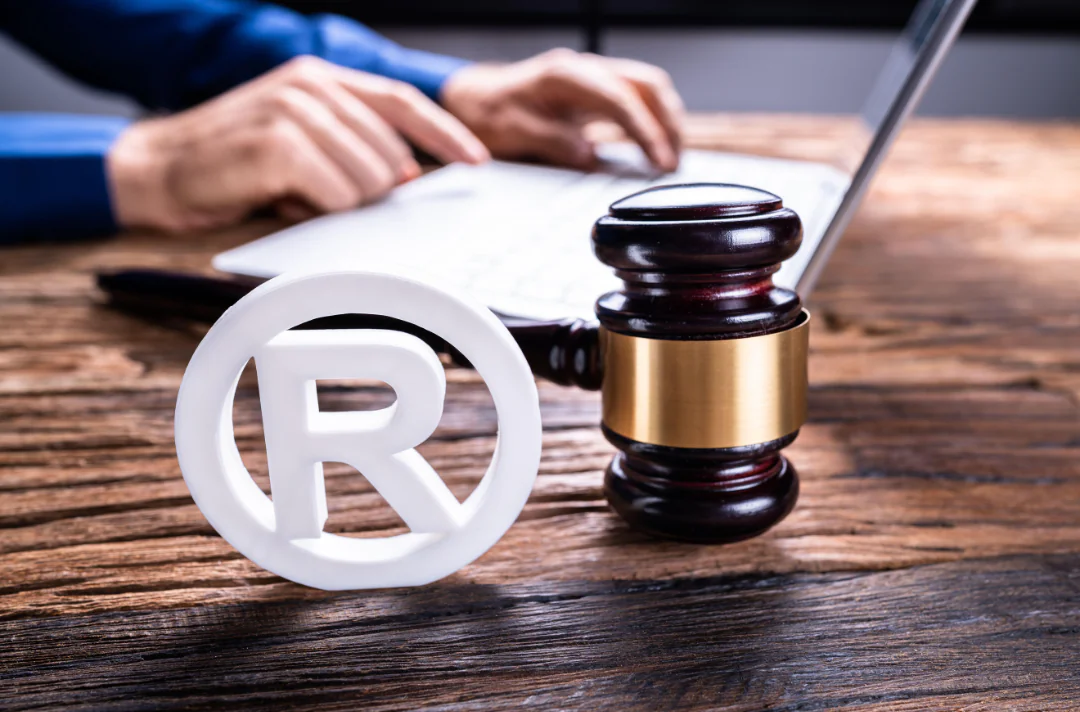
Navigating the trademark application process can be a daunting task, and many entrepreneurs consider going it alone to save on costs. However, skipping the expertise of an attorney could lead to costly pitfalls that far exceed any initial savings.
Without proper legal guidance, you risk losing your brand’s identity to careless mistakes, overlooked legal nuances, or even unexpected opposition. The complexities of intellectual property law require not just an understanding of the legal requirements but also a strategic approach to protect your unique brand effectively.
In this article, we’ll explore five significant dangers of forgoing legal counsel during your trademark application process. By understanding these pitfalls, you’ll be better equipped to make informed decisions that safeguard your brand’s future success.
Understanding the Trademark Application Process
Before diving into the pitfalls, it’s important to understand what a trademark application entails. A trademark is a symbol, word, or phrase legally registered to represent a product or company. The application process involves several critical steps:
- Conducting a comprehensive trademark search
- Properly classifying your goods or services
- Preparing and filing the application with the USPTO (United States Patent and Trademark Office)
- Responding to any office actions or oppositions
- Maintaining and enforcing your trademark rights
Each step requires attention to detail and legal knowledge that goes beyond basic form-filling.
The Importance of Legal Expertise in Trademark Applications
Trademark attorneys bring specialized knowledge and experience that can be invaluable throughout the application process. They understand not only the procedural requirements but also how to strategically position your application for success.
Applications filed with the assistance of an attorney have a significantly higher success rate than those filed by individuals without legal representation. This isn’t surprising when you consider the complex nature of trademark law and the potential for costly mistakes.
Pitfall 1: Incomplete or Incorrect Applications
One of the most common mistakes made by applicants without legal counsel is submitting incomplete or incorrect applications. This includes:
- Improper identification of goods and services: Your trademark protection is limited to the specific goods and services listed in your application. An attorney can help you craft descriptions that are neither too broad (risking rejection) nor too narrow (limiting your protection).
- Incorrect trademark format: The way you present your trademark in the application matters. Small details like capitalization, spacing, and design elements can affect your protection scope.
- Filing in the wrong class: Trademarks are registered within specific international classes of goods and services. Filing in the wrong class can lead to rejection or inadequate protection.
Real-world consequence: A small business owner filed a trademark application for their new food product line without legal assistance. They incorrectly classified their goods, resulting in a rejection that delayed their market launch by six months and cost thousands in rebranding.
Pitfall 2: Overlooking Thorough Trademark Research
Before filing a trademark application, comprehensive research is essential to ensure your mark doesn’t infringe on existing trademarks. DIY trademark searches often miss:
- Common law trademarks: These are unregistered trademarks that still have legal protection based on use in commerce.
- Similar-sounding marks: The USPTO can reject marks that sound like existing trademarks, even if they’re spelled differently.
- Marks in related industries: Your trademark might be rejected if it’s similar to an existing mark in a related field, even if it’s not identical.
Real-world consequence: A tech startup invested heavily in branding their new app, only to receive a cease-and-desist letter from a company with a similar name in a related industry. Without proper trademark research, they faced expensive litigation and ultimately had to rebrand at a cost of over $50,000.
Pitfall 3: Failing to Respond Properly to Office Actions
The USPTO frequently issues “office actions” – official communications that require a response from the applicant. These can range from simple administrative requests to complex legal rejections. Without an attorney:
- You might misinterpret the nature of the objection
- You could miss critical deadlines for response
- Your arguments for overcoming rejections may lack the necessary legal foundation
Real-world consequence: An entrepreneur received an office action citing likelihood of confusion with an existing mark. Without understanding the legal standards for responding, their arguments failed to address the examiner’s concerns, resulting in final rejection and loss of their application fees.
Pitfall 4: Ignoring International Trademark Considerations
In our global economy, protecting your trademark internationally is increasingly important. Non-attorneys often make these critical mistakes:
- Failing to file in relevant international markets: Unlike patents, trademarks are territorial and must be registered in each country where you seek protection.
- Missing priority filing deadlines: The Madrid Protocol and Paris Convention provide limited windows for claiming priority based on your U.S. filing.
- Overlooking country-specific requirements: Each country has unique trademark laws and requirements that can affect your application strategy.
Real-world consequence: A successful American clothing brand expanded internationally without securing trademark protection abroad. They discovered that competitors had already registered their mark in key markets, forcing them to either purchase the rights at premium prices or use different branding internationally.
Pitfall 5: Underestimating the Value of Strategic Trademark Protection
Beyond simply registering a name, strategic trademark protection involves:
- Building a comprehensive trademark portfolio: Protecting variations of your mark, slogans, and design elements
- Developing an enforcement strategy: Monitoring for potential infringement and taking appropriate action
- Maintaining your trademarks: Meeting post-registration requirements to keep your rights in force
Without legal guidance, businesses often secure inadequate protection that fails to fully safeguard their brand assets.
Real-world consequence: A popular beverage company registered their name but not their distinctive logo. A competitor created a similar-looking product with a nearly identical logo, causing consumer confusion and significant loss of market share before they could legally address the issue.
Conclusion: The Cost-Benefit Analysis of Hiring a Trademark Attorney
While filing a trademark application without an attorney might save you money upfront, the potential long-term costs are substantial:
- Application fees are non-refundable if your application is rejected
- Rebranding costs can be enormous if you discover your mark infringes on another
- Enforcement challenges are more difficult with improperly secured trademarks
- Business disruption from trademark disputes can derail growth plans
When weighing these risks against attorney fees (typically $1,500-$2,500 for a standard trademark application), professional assistance is often the more economical choice in the long run.
Taking the Next Step
Protecting your brand is too important to leave to chance. If you’re considering a trademark application, consulting with a qualified intellectual property attorney can help you navigate the process successfully and secure the strongest possible protection for your brand.
This article provides general information and should not be construed as legal advice. Each situation is unique, and readers should consult with a qualified attorney regarding their specific circumstances.





